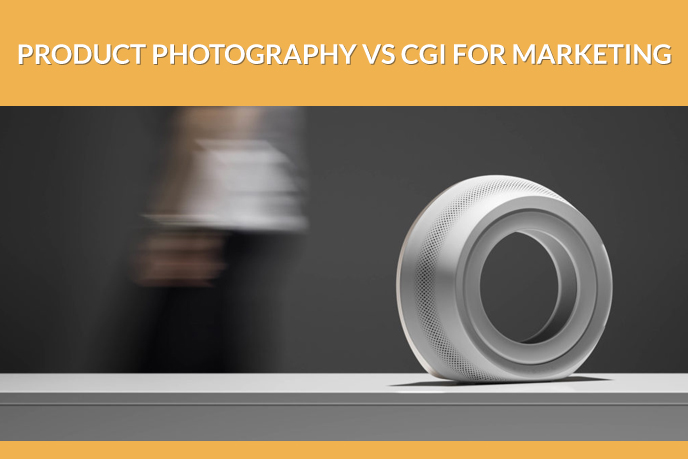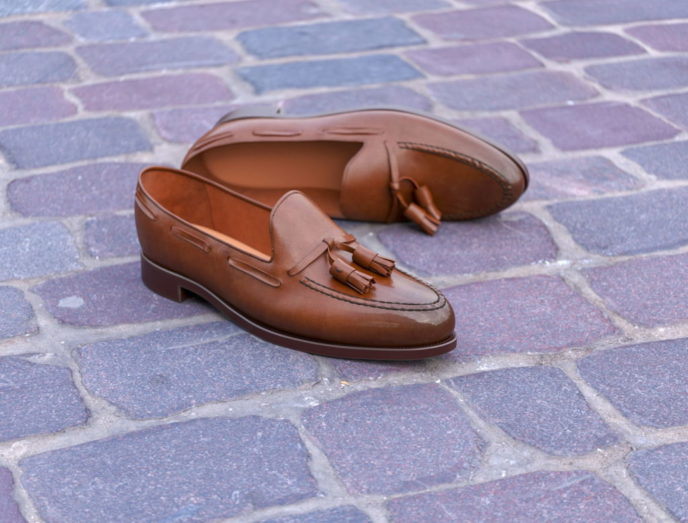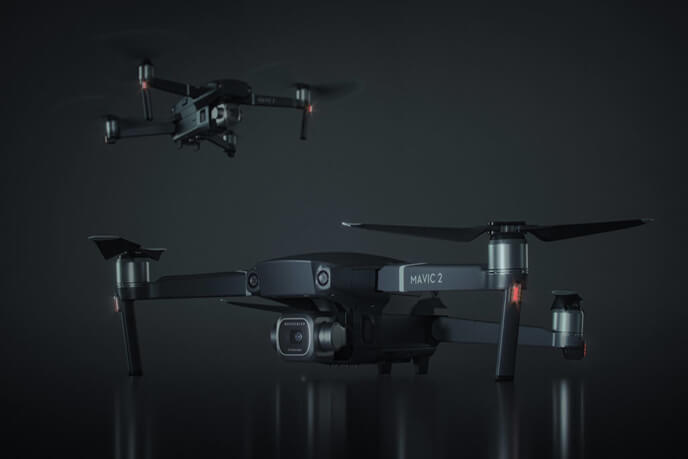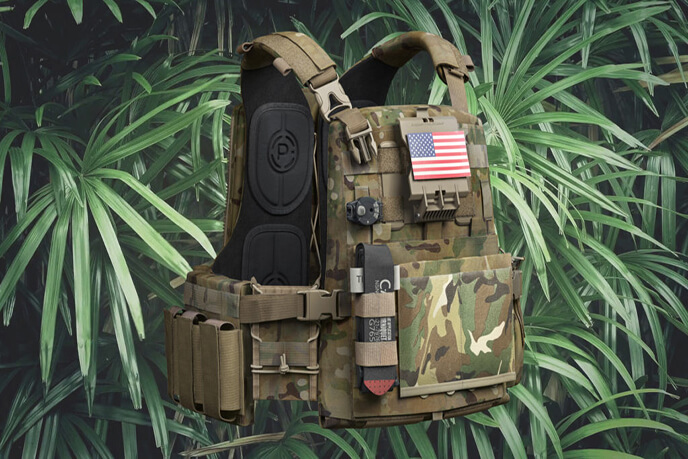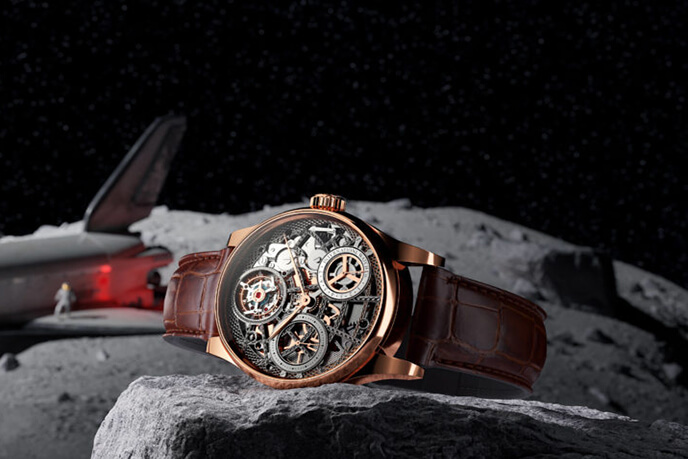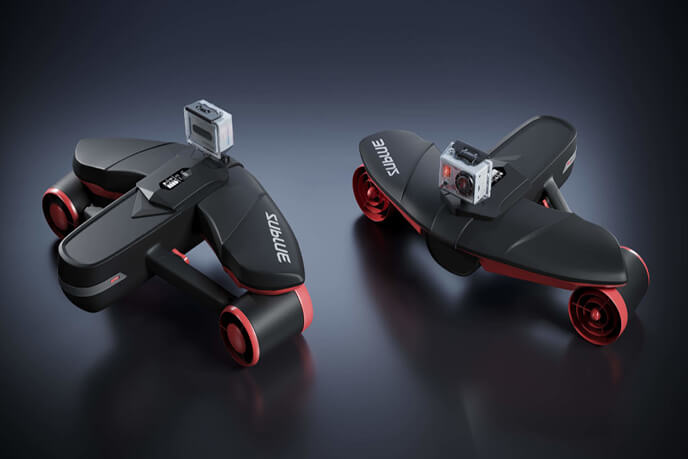Product Photography Vs 3D Rendering: Choosing The Best Option
Both product photography and 3D rendering are used by companies for successful marketing campaigns. Each of these two options has its pros and cons, as well as particular spheres of use. But, surely, there must be something that elevates one above the other. We believe that the decisive factor in this debate is which option is less costly — product photography or 3D rendering? So, to answer this question, we’ll overview outsource 3D modeling and visualization as well as professional photoshoots. Now, let’s explore product photography and 3D rendering to find out which option is more cost-effective.
#1. 3D Models Vs Real Items For Shots
Live-action product photography requires real items for shots, which can come in the form of actual samples, prototypes or single-use props. Two latter options need extra resources and spending to produce. They are more expensive than the streamlined version since they are made manually.
3D renderings, on the other hand, are made entirely within a digital space. This means that the only thing a manufacturer has to pay for is 3D artists’ labor. Though creating 3D models is not an easy process, it doesn’t require any efforts on the manufacturer’s part. To produce 3D assets, all that is needed is to send blueprints, sketches and personal additions or instructions, such as material and color choices, to a CGI studio. Using this information, 3D artist can create photoreal 3D models that will be indistinguishable from real items in the promo pictures.
#2. Tools And Equipment
Contracting product photography specialists is not cheap. Setting cameras, lenses, lighting and, if it’s necessary, the whole scene with decor, is included in the photographer’s project budget — and the manufacturer has to flip the bill for all that. This is the case not only when photographers rent said equipment, but also if they own it — maintenance costs are always accounted for. Also, photos need to be edited — retouched, color-corrected, etc, which increases the overall price of promotional visuals too.
And what if we compare product photography to 3D rendering in the terms of equipment required? CGI creation needs serious hardware, which may cost up to ten thousand dollars, or more. But manufacturers don’t need to pay for that! A CGI contractor sets its prices based on the task at hand, and not outside factors. So, what do manufacturers pay for? First, task size — the bigger it is, the more one has to pay, as simple as that. Second, extra features like Ultra 4K HD pictures and fully-interactive scenes or product VR for presentations — they can increase overall costs. Third, the number of unique assets that need to be created — pretty self-explanatory. Finally, the amount of project revisions can also increase the price. But they can be avoided if the manufacturer provides a very detailed brief.
#3. Environments
Lifestyle images are ultra-effective for selling products. They don’t just showcase items within a believable context, but also demonstrate how they are used. This stirs viewers’ imagination and urges them to buy those goods to improve their lives. To shoot lifestyles, product photography specialists need sets. This is relatively cheap since greenscreen is very commonly used instead of real props. But oftentimes, businesses want to create a unique impact to impress the audience, so they opt for traveling to a particular location for photoshoots, and that would increase the cost for creating marketing visuals exponentially. It might sound extreme, but some high-end companies even visit natural wonders to make catchy ad materials for their goods!
Unlike product photography, 3D rendering, as was mentioned previously, is done entirely within a digital workspace. However, it does not mean that creating 3D environments is super easy. Making a beautiful realistic location in 3D is a huge task even for a team of professional 3D artists. 3D rendering for lifestyles can take up to several days, depending on the complexity of scenery. But the ready lifestyle scenes can then be used multiple times, and all that needs to be changed for this is camera position. This not only speeds up the process but also makes multiple POVs cheaper to produce than with product photography.
#4. Lighting
Light and shadows are crucial in order to establish a mood of a scene and add a bit more flair to a mono-colored background image. And product photography has turned lighting tricks into a form of art. We won’t dwell on technicalities, so we’ll put it like this — light on photos looks and feels capital R real. Which increases the appeal of any product by a lot. As for the cost part, we’ve briefly touched on it before, but there’s one thing we haven’t mentioned. While a professional light setup is not too expensive, it is true for small-scale objects. Large furniture, vehicles and other things of similar size require a more complicated lighting setup, which is not only more costly but also requires more time to establish.
On the other hand, photorealistic rendering for products allows for setting up lighting quickly and gives 3D specialists the ultimate control over the light sources — their type, intensity, and warmth. As setting the light is an integral part of CGI creation, it doesn’t affect the pricing. All that makes the winner in the battle between product photography and 3D rendering obvious: the latter is not only faster but also cheaper.
#5. Color And Material Options
Oftentimes, a company rolls out not just one, but several items, each made from different materials, with dozens of color options. This is definitely a challenge for product photography, especially if there are no serial models to shoot. Each variation must be showcased, and creating props or prototypes en masse is a production nightmare. Both for those who make them and for the manufacturer’s budget.
In this category, 3D rendering comes out with a clear, knockout victory. A 3D artist can easily create any amount of color or material variations — since it means basically working with the same 3D model. Any texture or color finish is available, and all there is to do is apply it to the item. Sure, the need to produce multiple images increases the project’s budget, but not due to the complexity of the task, but because of the amount of 3D renders that are delivered. This makes 3D rendering a perfect option for catalogs with lots of products and variants.
In the beginning, we said that both product photography and 3D rendering are used by manufacturers. So why are we singing praise to CGI in every point? That is because it provides photorealistic promotional images for a reasonable price — relative to professional photos.
And that’s not the only thing that differs product photography from 3D rendering. For instance, modern marketing requires that goods are advertised way before manufacturing begins — can any photographer help with that? Definitely no. But 3D rendering and modeling can! What is more, CGI provides more options than photography: gorgeous lifestyles with multiple POVs, near-limitless color and material variant visualization as well as more creative freedom with shot composition and lighting.
So, do you want to join the marketing race early and win it easier than before? Visualize your products professionally without paying extra with our 3D modeling services!
Let us know if you’ve got an interesting project and want to work together!

